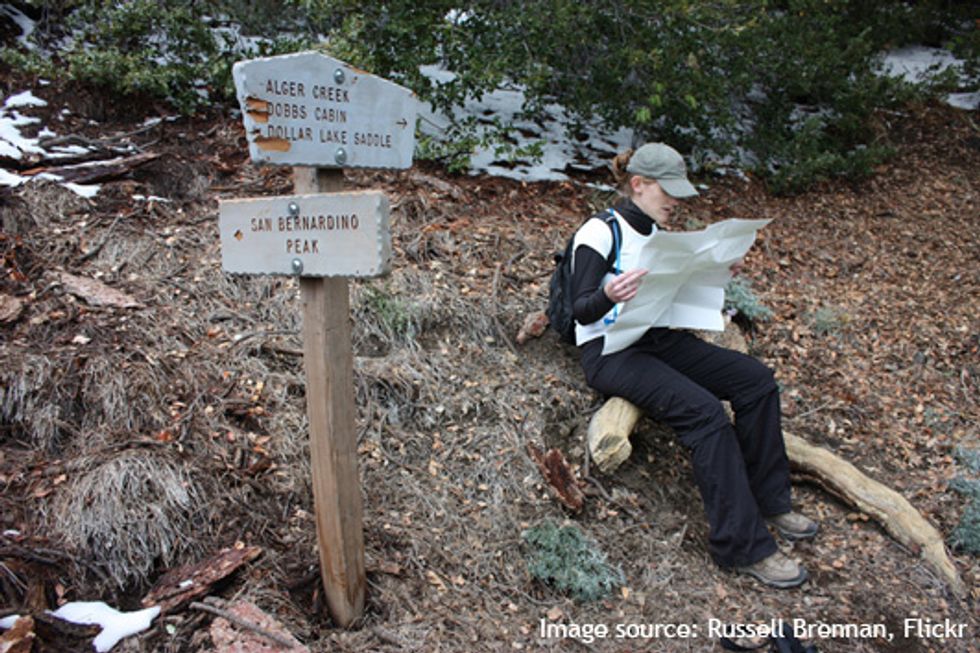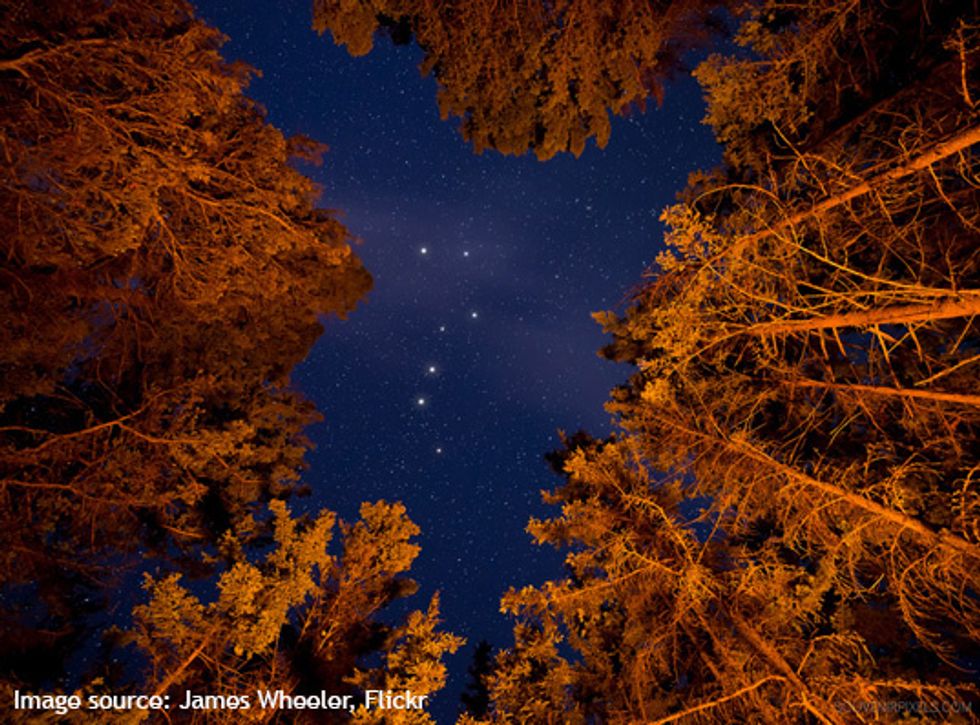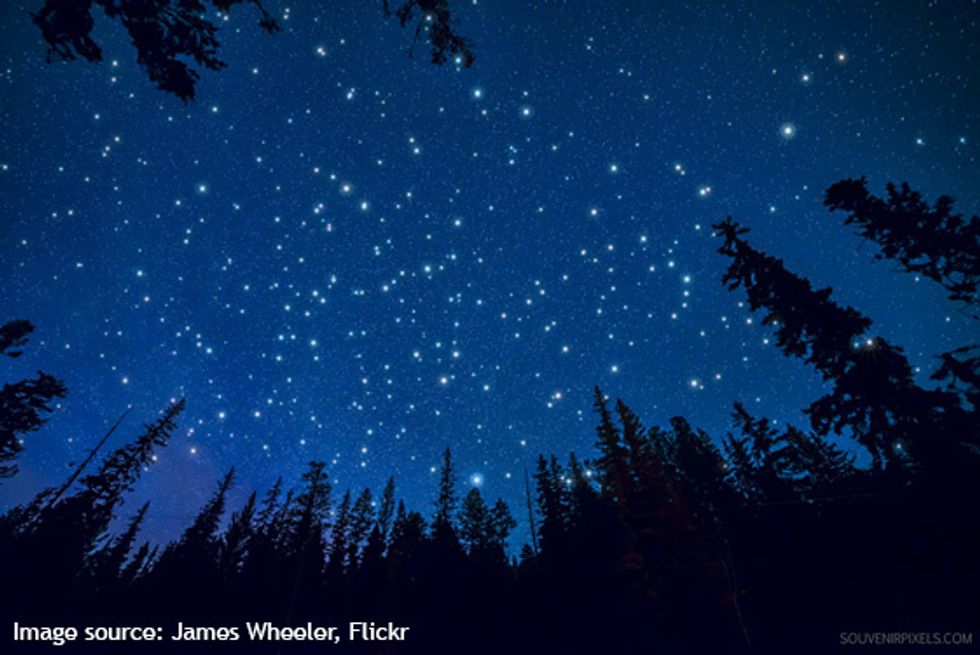STEPS
TOOLS

Download and print a star chart for the correct time of year and proper hemisphere. The “Make a Star Finder,” available for free personal use from SpacePlace.NASA.gov is a great option.

If you have a smartphone, there are a variety of astronomy apps available which will do much of the work for you (Star Chart is a good free option). But keep reading to learn the fundamentals.

Find a viewing location away from city lights, accessible after dark, with some unobstructed views. DiscoverTheForest.org can help you locate nearby forests and parks, perfect for stargazing!

Check the weather forecast and plan your outing for a clear night.

Grab your map, a flashlight or headlamp, compass, blanket, and any other outdoor supplies, and be on your way!

Your chart should correspond to an approximate time of night. While waiting for your celestial adventure to begin, enjoy the sunset!

Your chart will be labeled with compass directions. Orient yourself to the chart by facing the same direction as that shown along the bottom.

It’s time to match your chart to the real things! Look for patterns while taking notice of stars’ relative brightness. Dimmer equals smaller dots on the chart, brighter equals larger.

Start simple with the Big Dipper (a part of Ursa Major, or Big Bear). It’s centrally located and fairly bright. Hint: It looks like a saucepan with the handle pointing toward the horizon.

The Big Dipper is always above the horizon in Northern skies but is at its highest in spring. Look due north.

Look at the side of the Big Dipper, follow the two right-hand stars up until you see a very bright star. Always visible and having guided sailors home for generations, it's Polaris – the North Star.

The two stars of the Big Dipper's scoop, on the handle side, can help point you toward Leo, which actually looks a bit like its namesake, a lion. They point toward Regulus, Leo's brightest star.

Orion the Hunter can be found by the distinctive three stars forming his belt. A nearby rectangle of four stars form his shoulders and legs, and a cloud of dust called the Orion nebula his sword.

Be patient, give it time, and enjoy the views!
The creator of this guide has not included tools
Discover The Forest
Discover the Forest is a public service ad campaign of The Ad Council and U.S. Forest Service designed to reconnect families with nature and the outdoors.
USA
The Conversation (0)
Sign Up